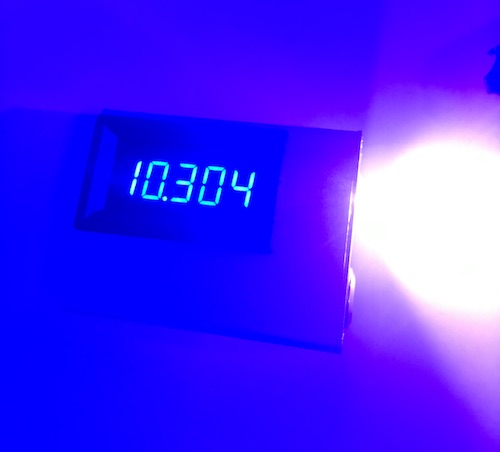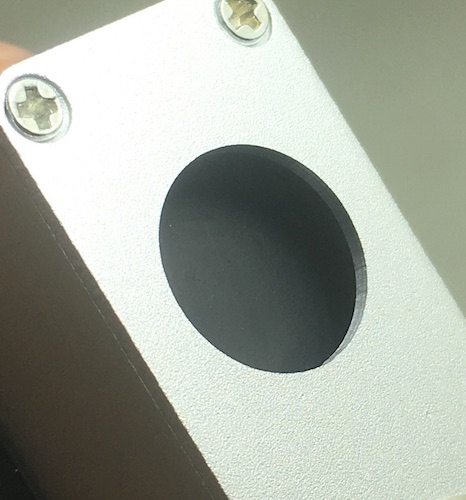Benm
0
- Joined
- Aug 16, 2007
- Messages
- 7,896
- Points
- 113
2) I understand that the Laser beam that you used
in this test were Unfocussed to just fit in the 12.5mm
sensor window opening.
The video doesn't show much due to overexposure and all, but i guess this requirement is key.
I don't expect a LPM to survive unschaved when doing something stupid like focussing the beam to a pin prick onto the sensor surface.
But requiring the divergence to be set such that it matches htting a sensor area fairly big is, imho, also too much.
It should work when you focus the laser to infinity, perhaps with a beam diameter of 5 mm or something in that order. Not all laser pointers even have adjustable focus, and those that do not generally are set for the lowest divergence at infinity.
This makes a huge difference in power density, especially with multimode lasers where the output close to the laser is a line (opposite orientation to that projected line in the far field due to slow and fast axis).
So it would be fairly realistic that under real world test conditions the laser would illuminate something like a 5 x 1 mm area on the sensor surface, and certainly not evenly lite the whole sensor area, ever.
You'd be putting most power onto a 5 mm2 area instead of something like >100 mm2 for the whole sensor, and the coating must resist this.





